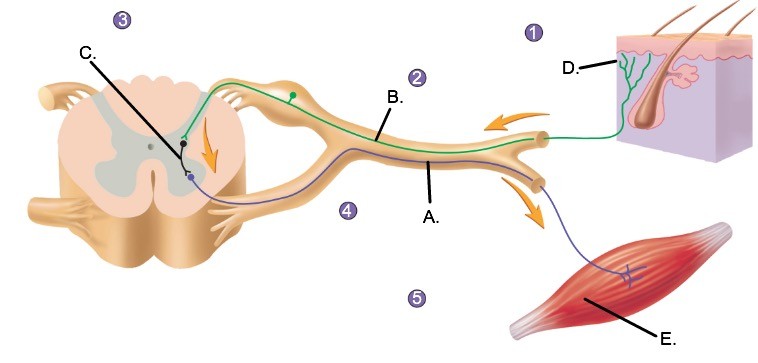A patient comes into the emergency room with a high fever. Blood testing reveals that their immune system is severely weakened, making them prone to infections. The patient also reports chronic weakness/fatigue. After discussing their problems with a doctor, they admit that they are a drug user and sometimes use dirty needles. Which of the following STIs is the patient suffering from?
A. AIDs
B. Chlamydia
C. Gonorrhea
D. Syphilis
Answer: A
You might also like to view...
If the EDV is 140 mL, which other values are most likely to occur in a healthy, normal person?
A) The cardiac output could be 90 mL. B) The ESV could be 70 mL and the SV could be 90 mL. C) The ESV could be 90 mL and the SV could be 50 mL. D) Diastolic pressure would be equal to EDV. E) The ESV could be 50 mL and the SV could be 90 mL.
Distinguish between passive and active processes of membrane passage
A) Passive processes do not need ATP and active processes do need ATP. B) Passive processes do need ATP and active processes do not need ATP. C) Passive processes only occur through impermeable membranes and active processes occur in freely permeable membranes. D) Passive processes allow proteins to move and active processes allow lipids to move. E) Passive processes use vesicular transport and active processes use diffusion.
 Label component "E" of the reflex arc.
Label component "E" of the reflex arc.
A. Sensory neuron B. Sensory receptor C. Effector organ D. Motor neuron E. Interneuron
Solution A has a pH of 10 and solution B has a pH of 2. Which of the following statements about these solutions is true?
A. Solution A is acidic. B. Solution B has a higher hydrogen ion concentration than solution A. C. Solution A and solution B are both basic. D. Solution A has a higher hydrogen ion concentration than solution B. E. Solution B is basic.